Yuki Tatsumi在一家餐馆当服务员的时候,有一天,他在清理桌子的时候,发现一个顾客把纸筷套胡乱地折了起来,把它落在了后面。日本没有给小费的文化,但Tatsumi认为这是一种谨慎的、潜意识的表达感激的方式。他开始注意,果然注意到其他顾客也在做同样的事情。Tatsumi开始收集这些“技巧”,最终导致了他的艺术项目:日语技巧。自2012年以来,Tatsumi不仅收集了自己的建议,还联系了日本各地的餐馆和餐馆,向他们传达他的理念,并让他们发给他建议。人们的反应是巨大的。他收藏了超过13000件纸雕塑,从晦涩、丑陋到错综复杂、精心制作。本月早些时候,Tatsumi在东京的一家餐厅举办了一场展览,展出了日本47个县的8000件最有趣的雕塑。“日本小费是餐厅和顾客之间的一个项目,”Tatsumi说,“通过使用任何一家日本餐厅最常用的材料来传达‘对食物的欣赏’和‘对服务的欣赏’。”







Yuki Tatsumi was working as a waiter in a restaurant when one day, as he was cleaning up a table, he noticed that a customer had intricately folded up the paper chopstick sleeve and left it behind. Japan doesn’t have a culture of tipping but Tatsumi imagined that this was a discreet, subco
nscious method of showing appreciation. He began paying attention and sure enough noticed that other customers were doing the same thing. Tatsumi began collecting these “tips” which eventually led to his art project: Japanese Tip.Since 2012, Tatsumi has not o
nly been collecting his own tips but he’s reached out to restaurants and eateries all across Japan communicating his co
ncept and asking them to send him their tips. The respo
nse has been enormous. He’s collected over 13,000 paper sculptures that range from obscure and ugly to intricate and elaborate.left at a restaurant in KochiEarlier this month, Tatsumi staged an exhibition in Tokyo wher
e he displayed 8,000 of some of the most interesting sculptures sourced from all 47 prefectures around Japan. “Japanese Tip is a project between restaurants and customers,” says Tatsumi, “to communicate the ‘appreciation for food’ and ‘appreciation of the service’ by using the most common material used at any Japanese restaurant.”The exhibition has since closed but you can see some of the paper sculptures on his website and you can follow the initiative on Facebook. (Syndicated from Spoon & Tamago)left at a cafe in Mie














 14
14
 行业资讯
行业资讯
 设计欣赏
设计欣赏
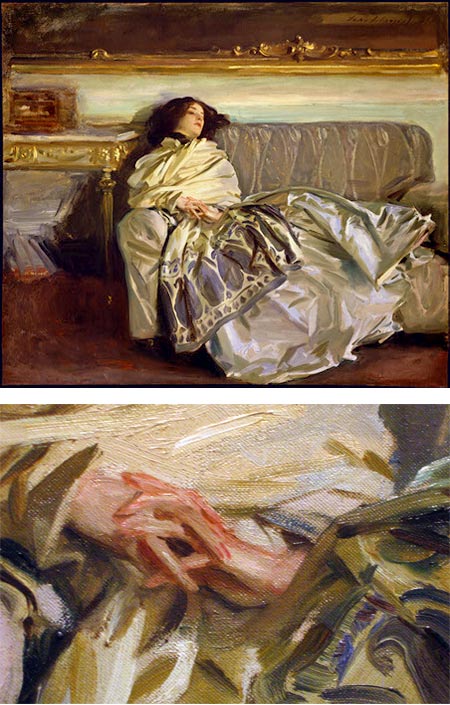 行业资讯
行业资讯
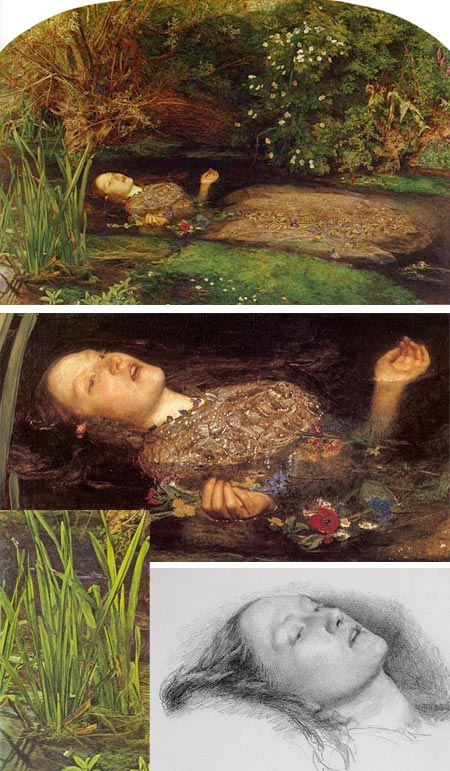 行业资讯
行业资讯
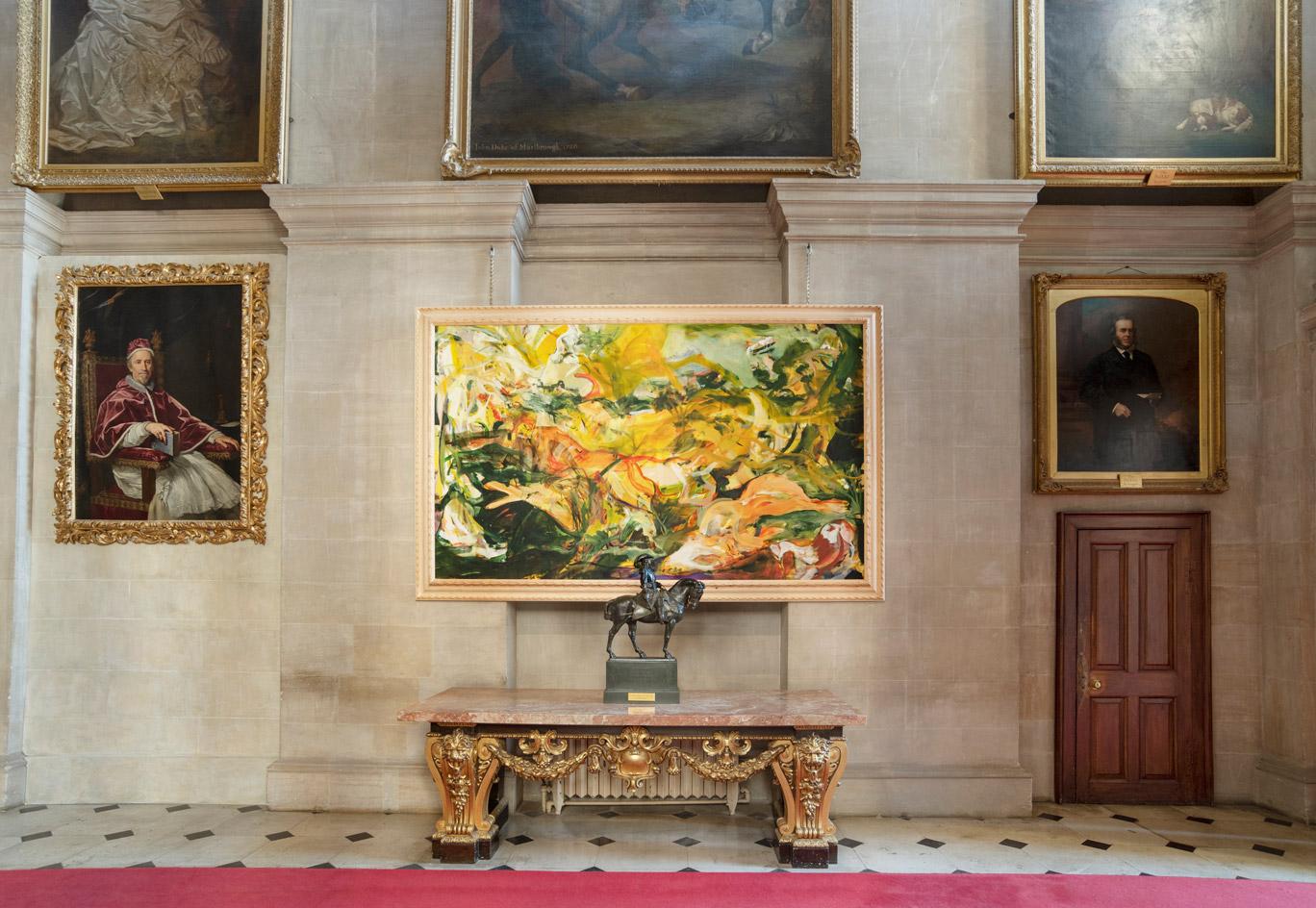 设计名家
设计名家
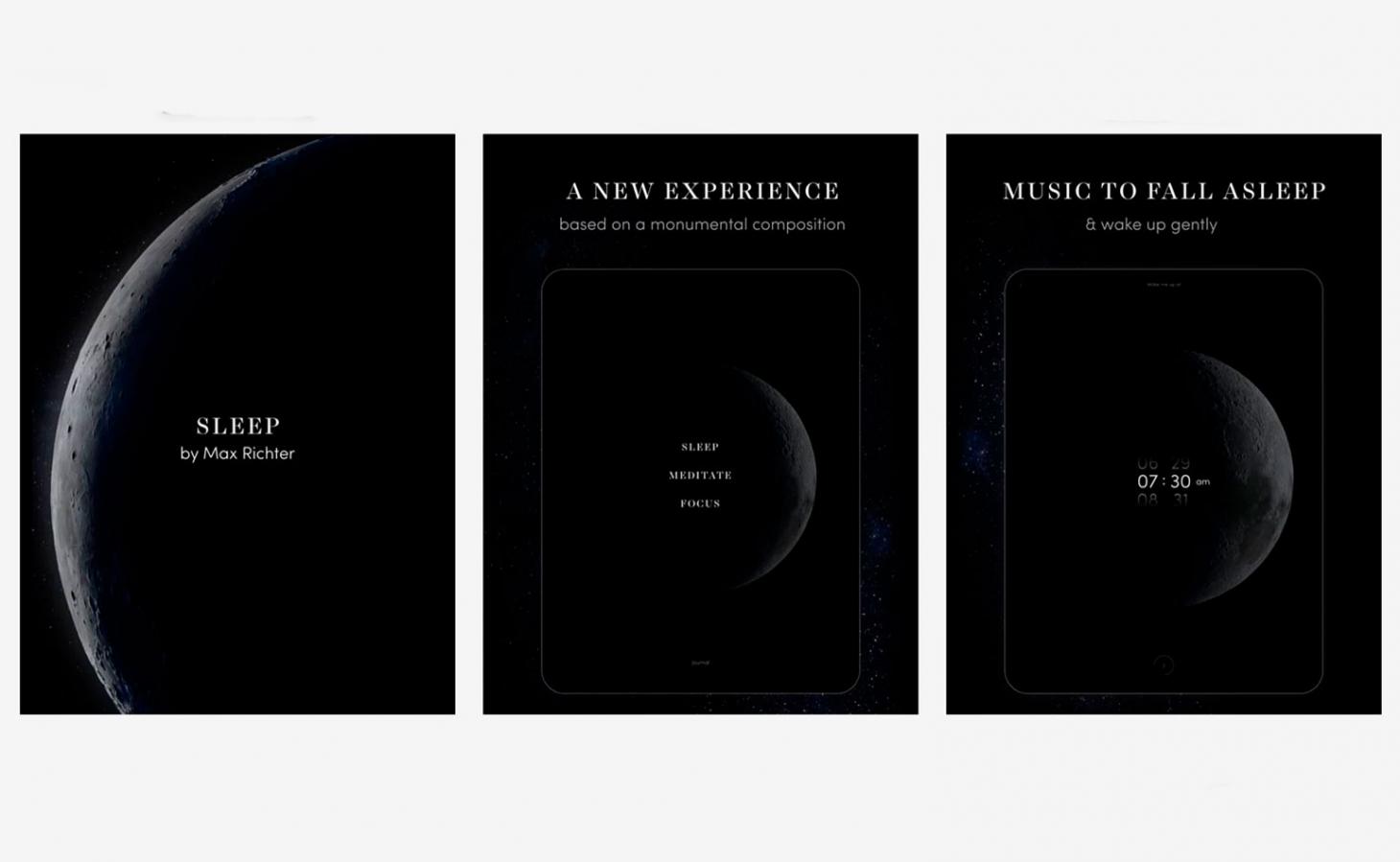 行业资讯
行业资讯
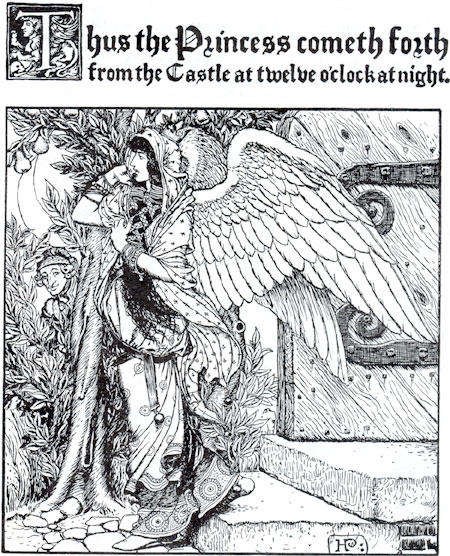 设计名家
设计名家
 行业资讯
行业资讯